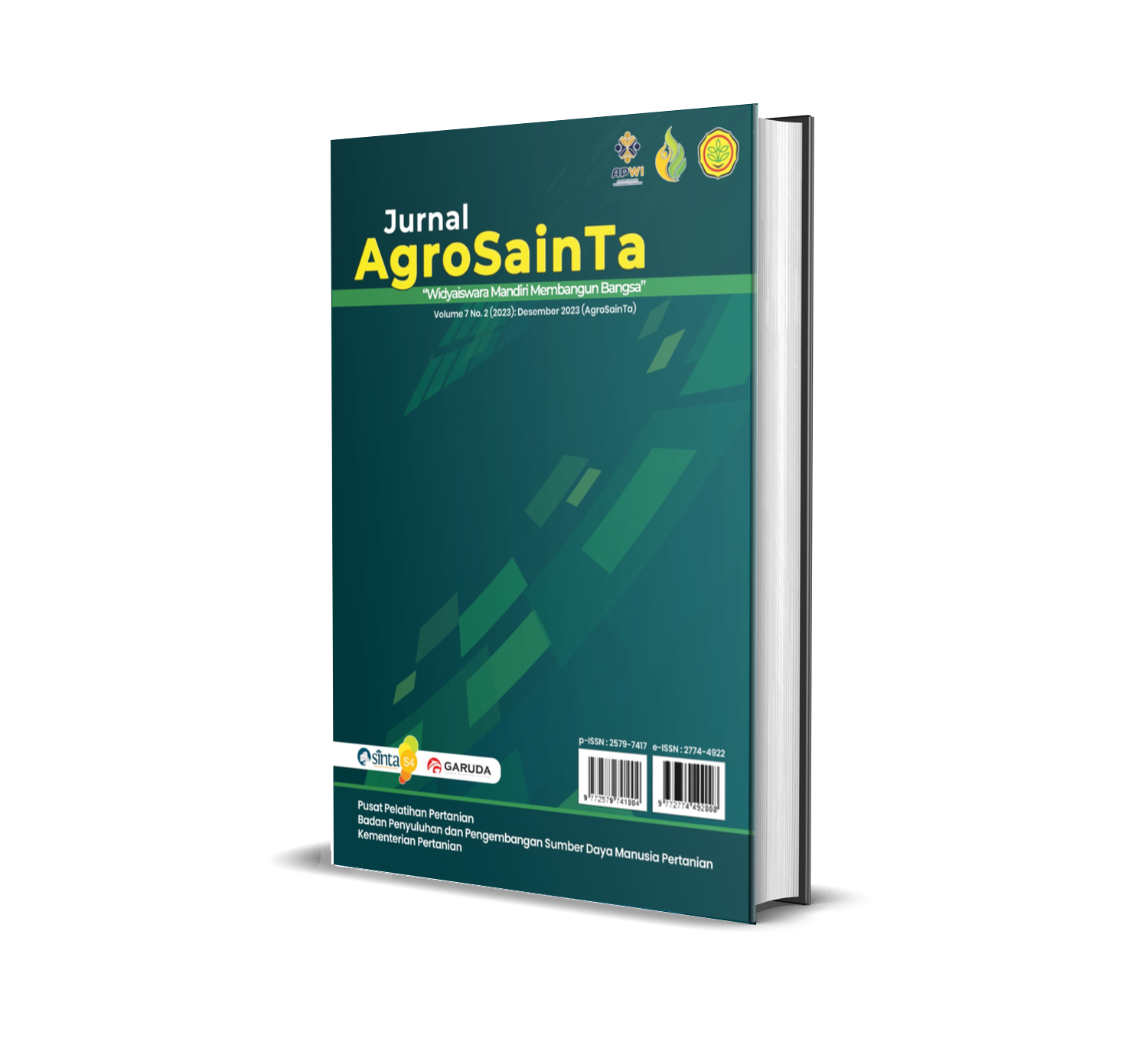Blended Learning Training Model as a Motivational Approach in increasing the Capacity of Training Participants
DOI:
https://doi.org/10.51589/ags.v8i02.3958Keywords:
Facilitator, Training Support, Blended Learning Method Training, MotivationAbstract
Training using the blended learning method has many advantages compared to training conducted conventionally or online. There has been a lot of research on this blended learning training system, but not much has highlighted the motivational aspect as an important factor in shaping participants' attitudes in participating in programmatic training programs in general. The aim of this research is to determine the influence of facilitator factors and training support on the motivation of training participants through training using the blended learning method in an effort to increase their knowledge and skills capacity so as to form a predisposition for learning transfer. The next goal is to formulate an effective and efficient training model without reducing the quality of increasing the capacity of training participants. The Structural Equation Modeling – Partial Least Square (SEM-PLS) approach was used to validate the research model. Empirical results show that facilitating factors, supporting training, and training using the blended learning method have a significant positive influence on motivation. The results of the structural model evaluation confirm that the training model using the blended learning method has a very good overall level of suitability with the ability to explain the relationship between latent variables that is strong (high) so that the model has an acceptable suitability or model fit.
References
Bandura, A. (1977). Self-efficacy: Toward a Unifying Theory of Behavioral Change. Psychological Review, 84, 191–215.
Chin, W.W. (1998). The Partial Least Squares Approach to Structural Equation Modeling. In Modern Methods for Business Research.
Creswell, J. W. (2014). Research Design: Qualitative, Quantitative and Mixed Methods Approaches (4th ed.). Thousand Oaks, CA: Sage.
Culatta, R. (2021). Digital for good: Raising kids to thrive in an online world. Harvard Business Review Press.
Ghozali, I. (2021). Partial Least Squares – Konsep, Teknik dan Aplikasi menggunakan Program SmartPLS 3.2.9. Universitas Diponegoro Semarang.
Hair et al (2019), When to use and how to report the results of PLSSEM, European Business Review Vol. 31 No. 1, 2019, Emerald Publishing Limited.
Hair et al (2021), Partial Least Squares Structural Equation Modeling (PLS-SEM) Using R, Springer.
Henseler, J., Ringle, C. M., & Sarstedt, M. (2015). A New Criterion for Assessing Discriminant Validity in Variance-Based Structural Equation Modeling. Journal of the Academy of Marketing Science, 43, 115-135. https://doi.org/10.1007/s11747-014-0403-8.
Imanika, A,D., Pangastuti, D.P., Setiaji, B. (2023). Efektivitas Pembelajaran Luring dan Daring Bagi Mahasiswa Pendidikan Fisika Angkatan 2023. JurnalPendidikanJarakJauhVol:1,No1,2023,Page:1-15.
Kirwan, C., and Birchall, D. (2006). Transfer of Learning from Management Development Programmes: Testing The Holton Model.
Leeuwis, C. (2004). Communication for Rural Innovation (Rethinking Agricultural Extension). Victoria (AUS): Blackwell Publishing.
Natsir. (2023). Efektivitas pembelajaran offline dalam meningkatkan kemampuan siswa. Jurnal Pendidikan Indonesia, 12(1), 45-60.
Setiadi, B., Mufida, F., Puspitasari, A. (2023). Perbandingan Efektivitas Pembelajaran Fisika Daring dan Pembelajaran Fisika Luring. Jurnal Pendidikan Jarak Jauh Vol: 1, No 2, 2023, Page: 1-10.
Suseno, A. (2021). Membangun hubungan interpersonal dalam pendidikan. Jurnal Psikologi dan Pendidikan, 15(2), 123-134.
Victor H.Vroom. (2014). Work and Motivation. (New York: John Wiley & Son Inc) dalam Veithrizal Rivai. Organisasi dan Motivasi. Raja Grafindo Persada: Jakarta.
Yamin, S. (2022). Olah Data Statistik SmartPLS 3 Smart PLS4 AMOS STATA (Edisi Kedua). Penerbit Dewangga Energi Internasional.
Downloads
Published
Issue
Section
License
Copyright (c) 2024 Djoko Witono, Edi Dwi Cahyono , Reza Safitri

This work is licensed under a Creative Commons Attribution 4.0 International License.









